Urban landscapes, with their towering skyscrapers and bustling streets, might seem inhospitable to wildlife. Yet, several raptor species have not only adapted but are thriving in these environments. Their presence adds a dynamic layer to city ecosystems, controlling pest populations and captivating urban dwellers. Let’s explore nine raptors that have made big cities their homes and understand how they’ve achieved this remarkable feat.
Peregrine Falcons: The Speed Demons of the Skyline
Peregrine falcons, renowned as the fastest animals on Earth, have found a niche in urban settings by nesting on tall buildings that mimic their natural cliffside habitats. These structures provide excellent vantage points for hunting, allowing them to swoop down on abundant city prey like pigeons. Their adaptability is evident in cities worldwide, where they’ve become a symbol of wildlife resilience amidst human development. Observing a peregrine falcon in a cityscape is a testament to nature’s ability to coexist with urbanization.
Red-Tailed Hawks: The Versatile Urban Hunters
Red-tailed hawks have showcased remarkable adaptability by colonizing urban areas across North America. They utilize tall buildings as surrogate cliffs for nesting and hunting, preying on city-dwelling rodents, squirrels, and pigeons. Their presence in cities like New York has grown significantly, with populations increasing from a few pairs in the 1990s to over 35 breeding pairs today. This growth highlights their successful integration into urban ecosystems.
Cooper’s Hawks: From Forests to Backyards
Once elusive forest dwellers, Cooper’s hawks have transitioned into urban environments, establishing breeding populations in major U.S. cities. Their diet primarily consists of other birds, making city parks and neighborhoods, rich with avian life, ideal hunting grounds. Studies indicate a significant increase in urban Cooper’s hawk populations since the 1980s, underscoring their adaptability and the changing dynamics of urban wildlife.
American Kestrels: The Small but Mighty City Dwellers
American kestrels, North America’s smallest falcons, have embraced urban life by nesting in cavities of buildings and hunting in open spaces like parks and vacant lots. Their diet includes insects and small birds, both plentiful in city environments. Their presence adds a splash of color and vitality to urban settings, reminding city dwellers of the diverse wildlife cohabiting their spaces.
Barn Owls: The Nocturnal Pest Controllers
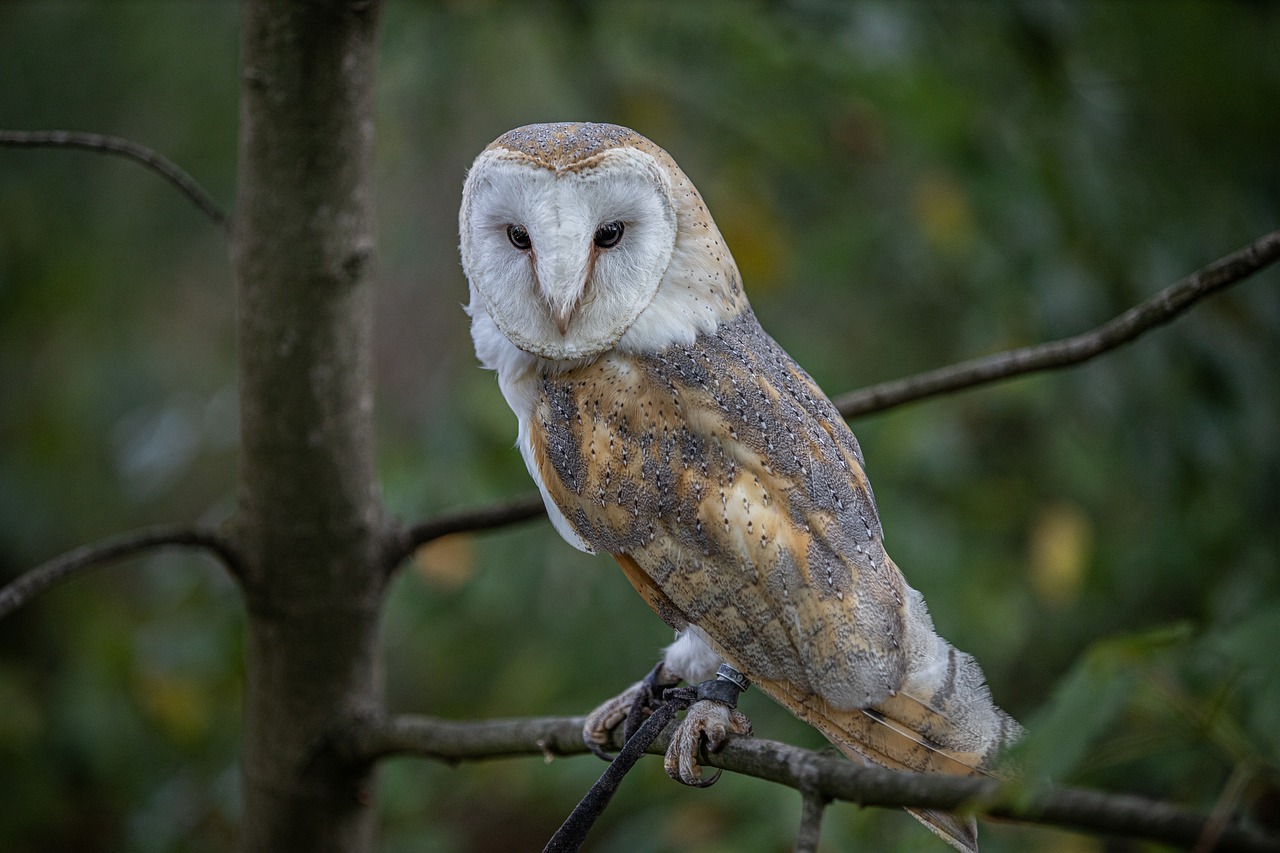
Barn owls have adapted to urban areas by nesting in abandoned buildings and hunting rodents that thrive in cities. Their silent flight and nocturnal habits make them effective in controlling urban rodent populations. Their presence is often unnoticed, yet they play a crucial role in maintaining the balance of city ecosystems.
Ospreys: Fishing in the Urban Jungle
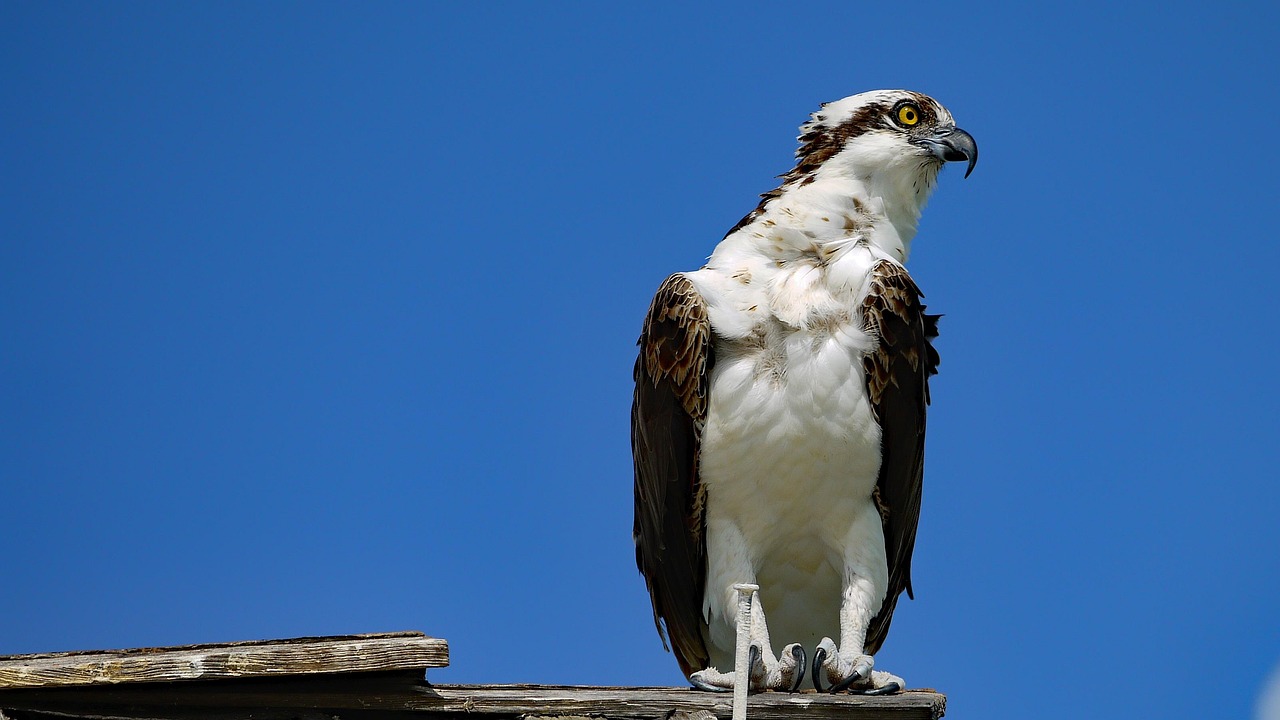
Ospreys, primarily fish-eaters, have found urban waterways to be suitable hunting grounds. They often nest on man-made structures like cell towers and light poles near water bodies. Their adaptability to urban environments is evident in cities with abundant water resources, where they continue to thrive and reproduce successfully.
Sparrowhawks: The Agile City Predators
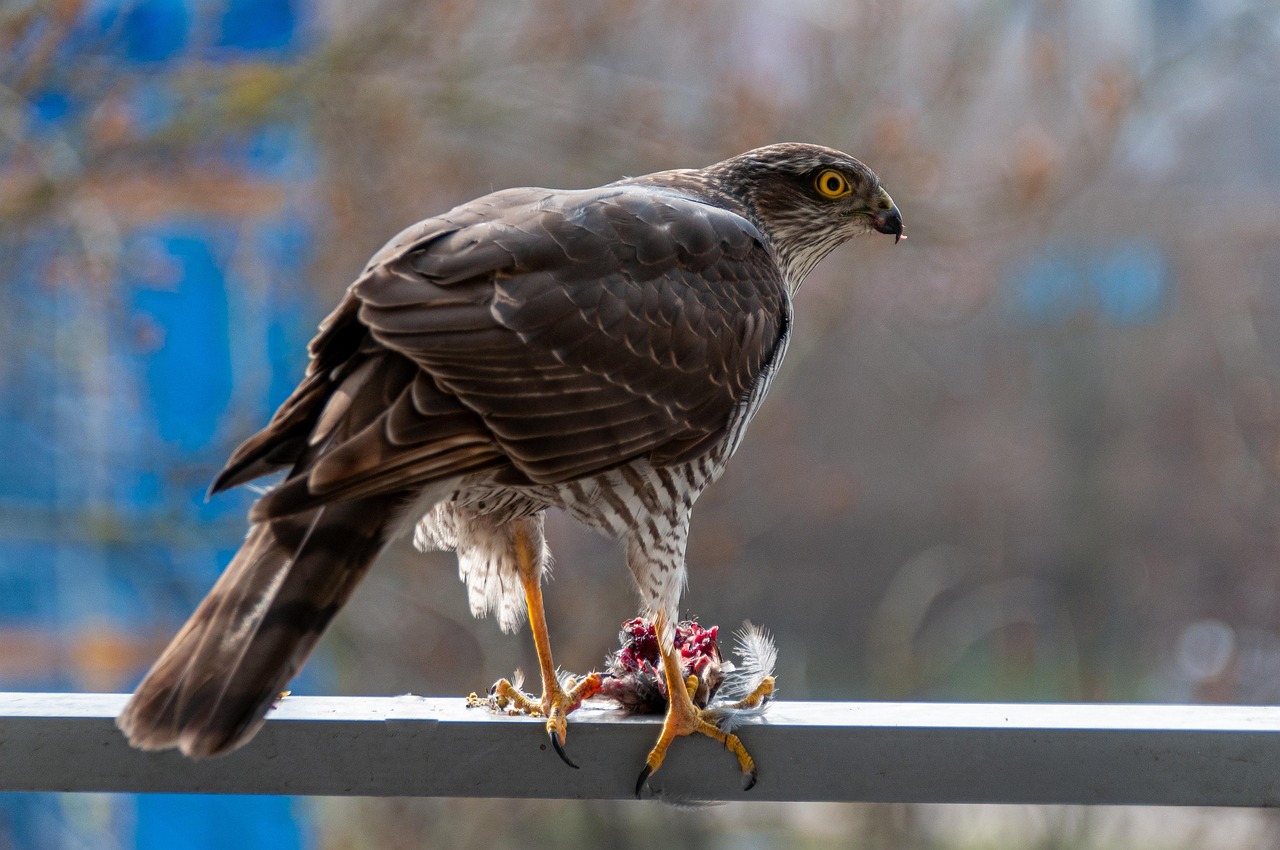
Sparrowhawks have colonized urban areas by utilizing parks and gardens for nesting and hunting. Their diet mainly consists of small birds, which are abundant in city environments. Studies have shown that urban sparrowhawks can have higher breeding success compared to their rural counterparts, indicating their effective adaptation to city life.
Buzzards: Soaring Over the Concrete Jungle
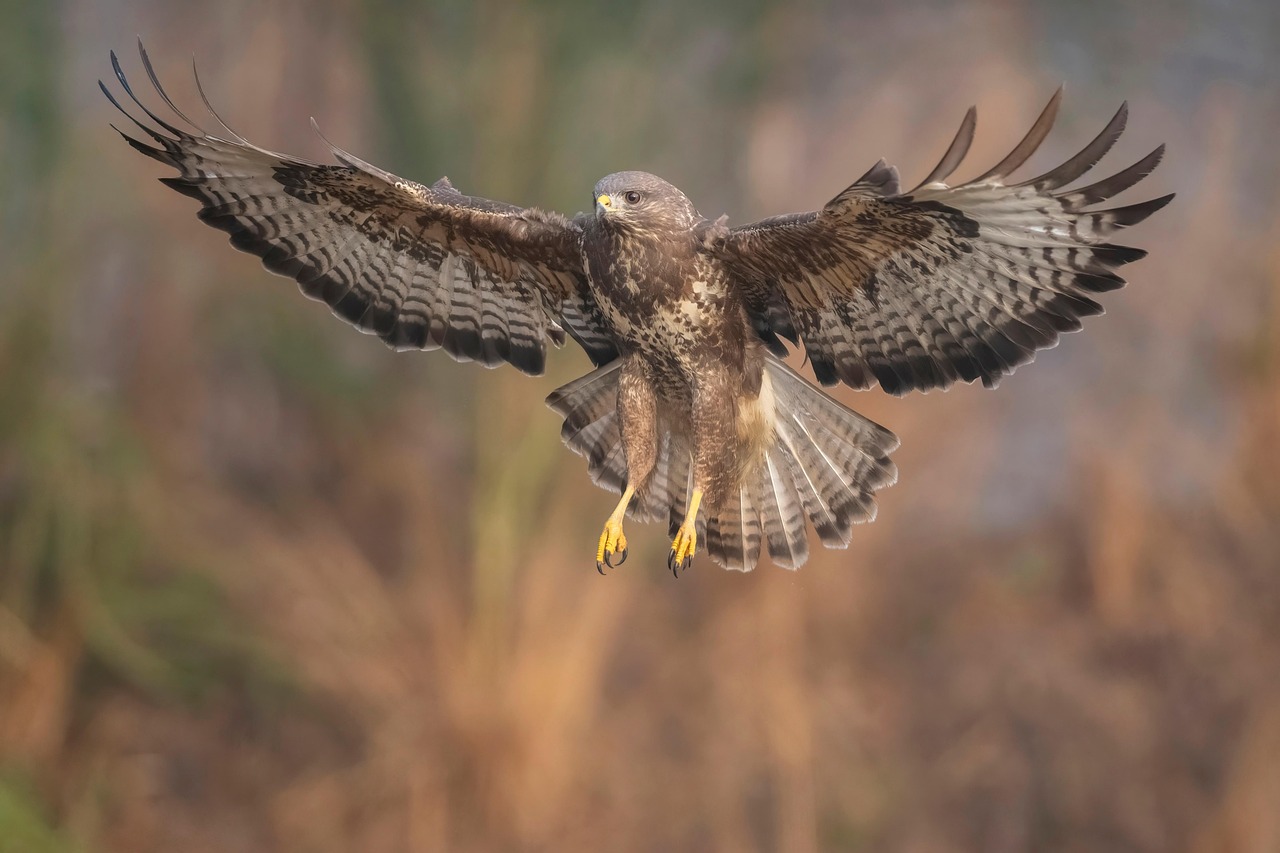
Buzzards have expanded into urban areas, taking advantage of the open spaces and abundant prey found in cities. They often nest on buildings and hunt in parks and along roadways. Their presence in cities reflects their adaptability and the changing landscapes of urban wildlife habitats.
Black Kites: The Opportunistic Urban Scavengers
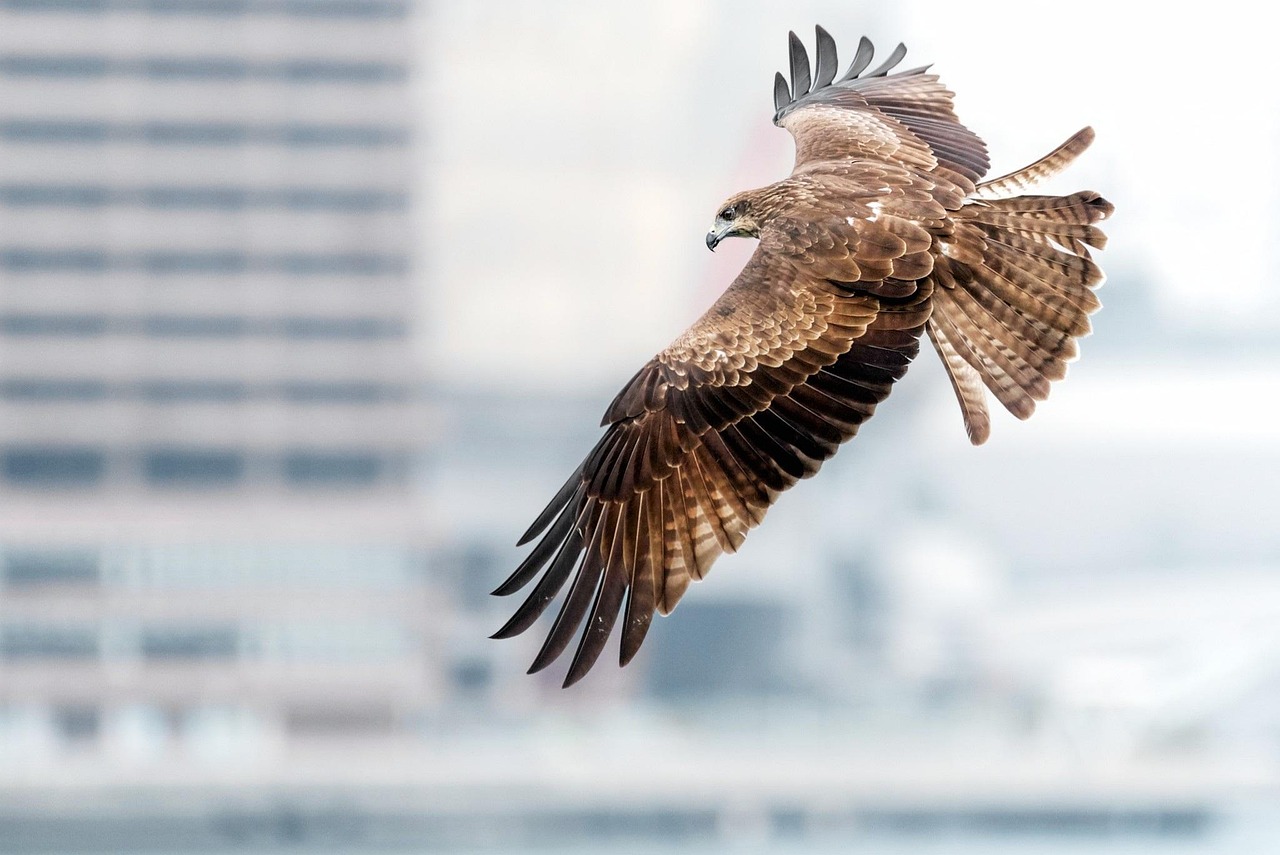
Black kites have become common in some urban areas, especially in parts of Asia, by scavenging on human waste and utilizing artificial structures for nesting. Their ability to exploit human food sources and adapt to city environments has led to high densities in certain urban regions.
The success of these raptors in urban environments highlights the resilience and adaptability of wildlife. Their presence enriches city ecosystems, offering natural pest control and opportunities for urban dwellers to connect with nature. Observing these majestic birds in our cities serves as a reminder of the delicate balance between urban development and wildlife conservation.
